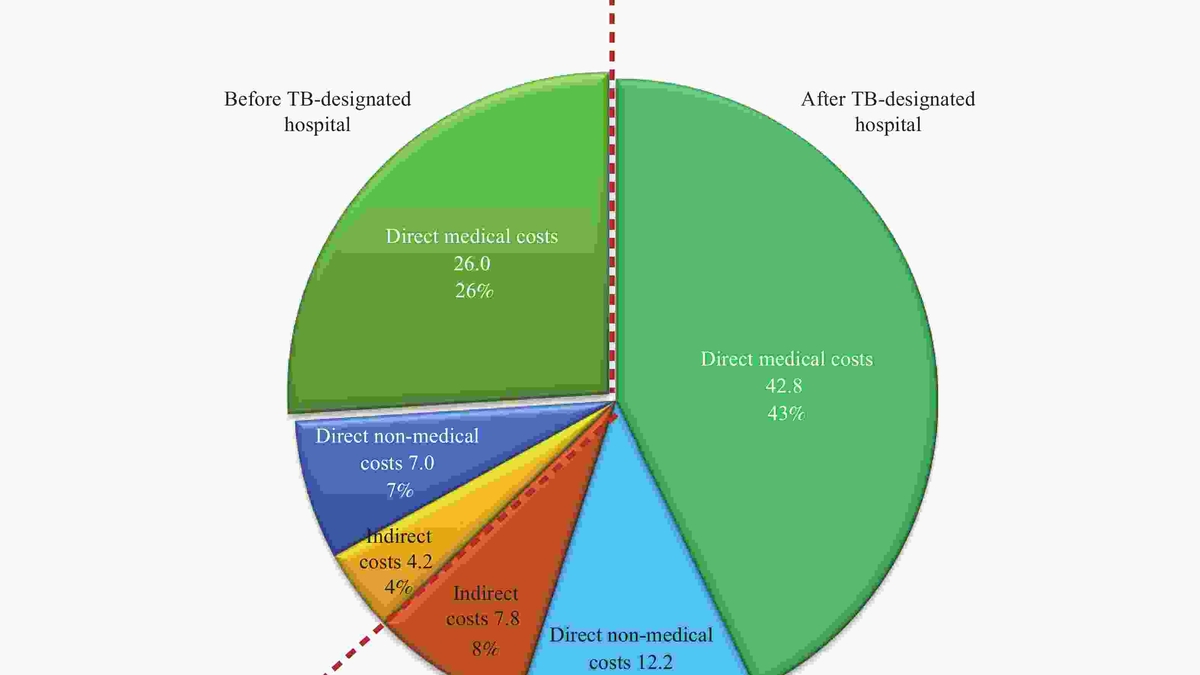
The Relationship Between Tuberculosis and Nutrition
Tuberculosis (TB), caused by the bacterium Mycobacterium tuberculosis, is a preventable and curable disease that primarily affects the lungs. It is spread through the air when infected individuals cough, sneeze, or spit. Each year, TB afflicts 10 million people globally, causing 1.5 million deaths, thus making it the world’s leading infectious killer. It is also a significant contributor to antimicrobial resistance and is the primary cause of death in HIV-infected individuals. Despite being treatable through a 6-month course of 4 antibiotics, some TB bacteria are resistant to standard drugs, requiring longer and more complex treatment. The World Health Organization (WHO) has released guidelines for managing TB in children and adolescents and a roadmap to eradicate TB among these groups.
The Nutritional Status of TB Patients in China’s Poverty-Stricken Areas
A recent study focused on the nutritional status of TB patients in poverty-stricken areas of China. It highlighted the link between undernutrition and TB, emphasizing the crucial role of maintaining a balanced diet and ensuring proper nutrition for disease recovery. The study undertook a cross-sectional survey, approved by the Ethics Committee of the Chinese Center for Disease Control and Prevention, to gather data on sociodemographic characteristics, behavioural habits, TB-related data, and dietary status of TB patients in two poverty-stricken counties.
Key Findings of the Study
The study’s findings indicate a concerning trend of inadequate animal food intake among TB patients, with factors such as age, sex, and income influencing this dietary behaviour. This lack of animal food intake, which is a key source of protein and other essential nutrients, may exacerbate the health condition of TB patients, hindering their recovery process. This study’s results can be used to formulate dietary guidance and care policies tailored for TB patients in poverty-stricken areas, stressing the importance of a reasonable dietary structure.
Economic Burden and Coping Mechanisms of TB
It’s crucial to consider the economic burden of TB on patients and their families. A study in the Bono Region of Ghana highlighted the average monthly cost of treatment support activities equated to about 19% of their monthly income. With such a significant economic burden, families often resort to borrowing money, selling assets, or using savings as coping mechanisms. This financial strain highlights the need for policies that address the economic challenges faced by TB patients, in addition to health and dietary considerations.
Concluding Thoughts
While TB is a curable and preventable disease, it poses significant health and economic challenges, particularly for those in poverty-stricken regions. Ensuring TB patients receive adequate nutrition is crucial for their recovery process, highlighting the need for comprehensive dietary guidance and care policies. These policies should consider socio-economic factors and aim to alleviate the financial burdens associated with TB treatment. With a multifaceted approach to TB management, it is possible to reduce the disease’s impact and move towards a world free from TB.
